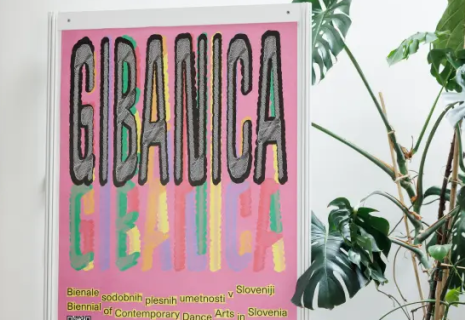
Ancient People of Varna: Taller, Diverse, and Advanced in Craftsmanship
The ancient inhabitants of the Varna area, located on the northern Bulgarian Black Sea coast, were distinct from their Balkan neighbors in several ways. According to archaeologists Vladimir Slavchev from the Varna Regional Museum of History and Viktoria Ruseva from the Bulgarian Academy of Sciences, these people were taller and exhibited features associated with various races, CE Report quotes BTA
Recent studies by the Max Planck Institute for Evolutionary Anthropology in Leipzig have provided new insights into the genetic makeup of these ancient populations. By examining 27 samples from the Varna Necropolis alongside materials from Russia, Ukraine, and Central Europe, scientists have created a comprehensive genetic database.
The findings suggest that these ancient people, who lived between the 5th and 4th millennia BC, carried pathogens like Hepatitis and Salmonella. While it is unclear if these diseases contributed to their deaths, studies reveal that people during this period generally lived shorter lives, with most dying between the ages of 30 to 40. Infant mortality was also high.
Genetically, the people from the Varna Necropolis were similar to each other but not isolated. Their closest genetic links were to populations from Anatolia, who migrated along the Danube to Central Europe, rather than to the steppes north of the Black Sea, despite economic ties with those regions. This indicates a unique genetic and cultural pathway for the people of Varna.
Although the ancient Varna population was generally shorter than modern humans, some individuals were notably taller. They were Caucasian in appearance, but with darker skin, hair, and fuller lips, distinguishing them from their contemporaries. Their noses, however, were thin.
The study also revealed that these people were part of a larger ethno-cultural complex that included groups from Romania and Bulgaria, suggesting widespread movement and mixing of populations. Initially underdeveloped compared to their neighbors, the Varna people quickly adapted and became known for producing the world’s oldest worked gold, a testament to their growing craftsmanship and resourcefulness.
Despite living in an area with few natural resources, the Varna people thrived by adapting to their environment and excelling in craft production. Their diet consisted mainly of meat and grain, with fish accounting for less than 5% of their food. There was no evidence of starvation or extreme poverty, indicating a relatively stable and prosperous society.
These findings paint a picture of an advanced, diverse, and adaptable ancient population in the Varna region, living with similar economic and social structures to modern societies.























